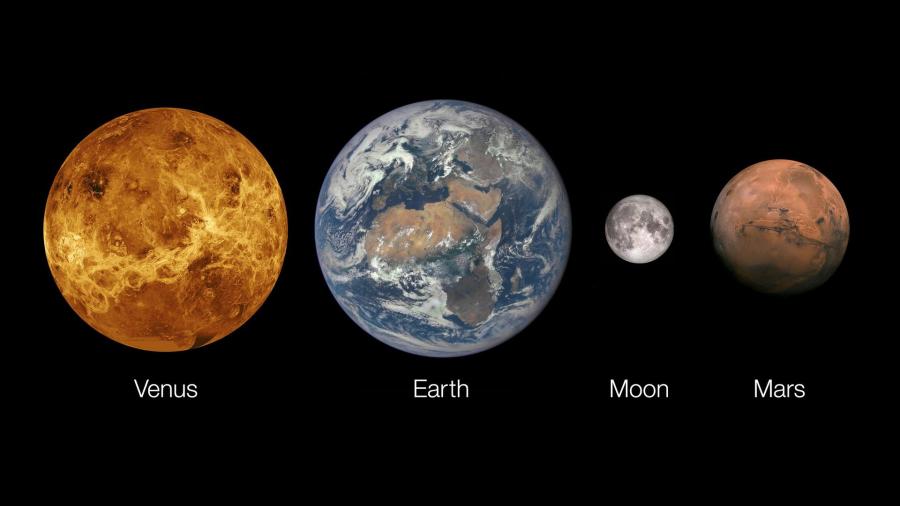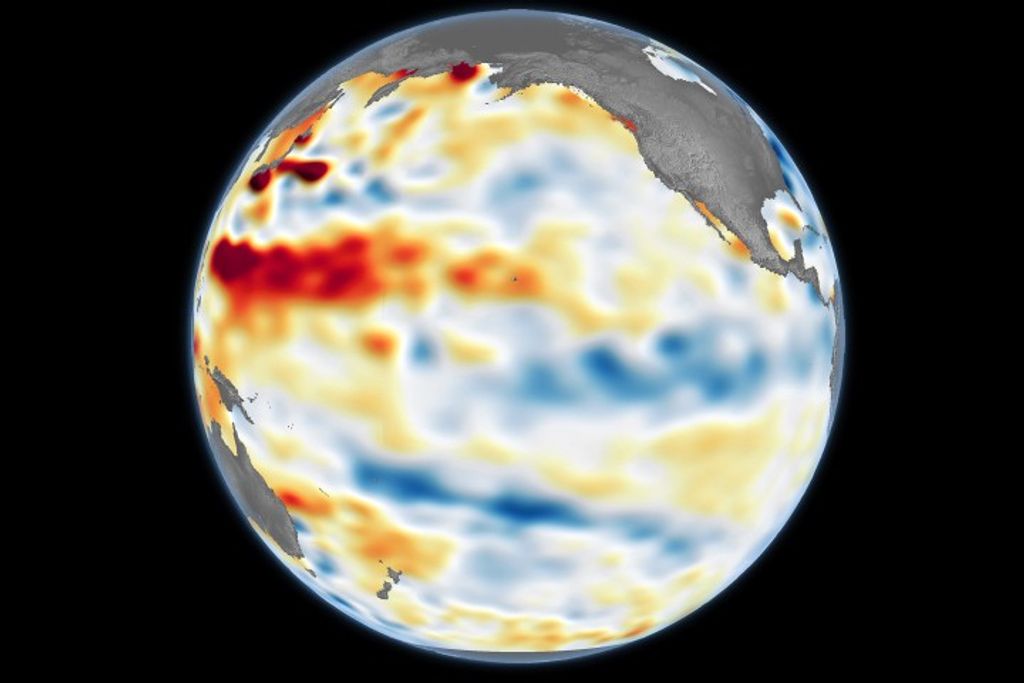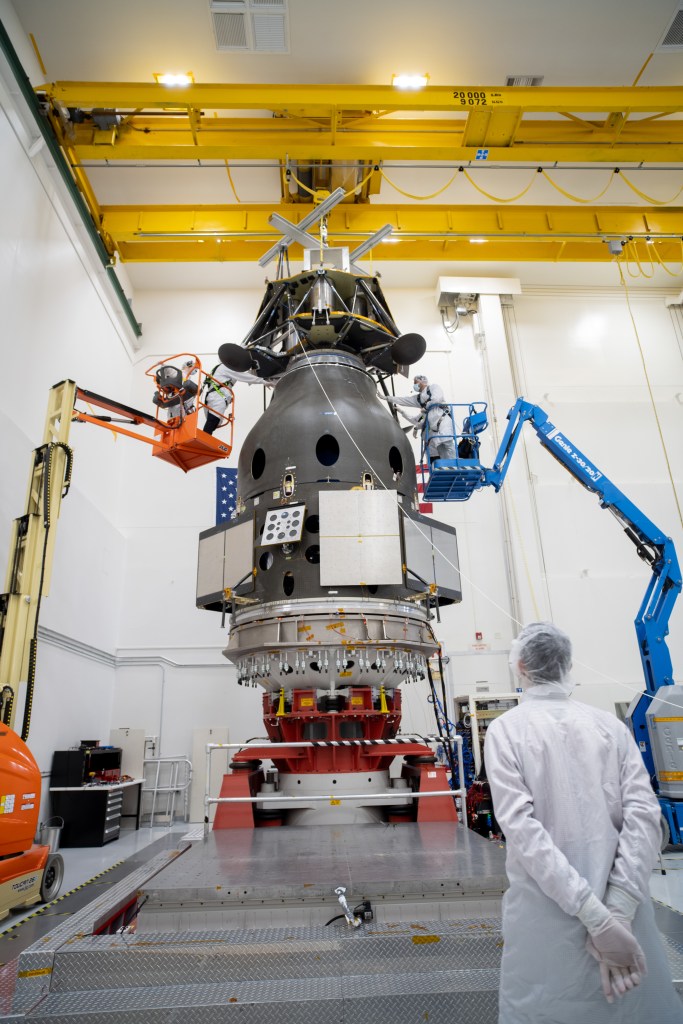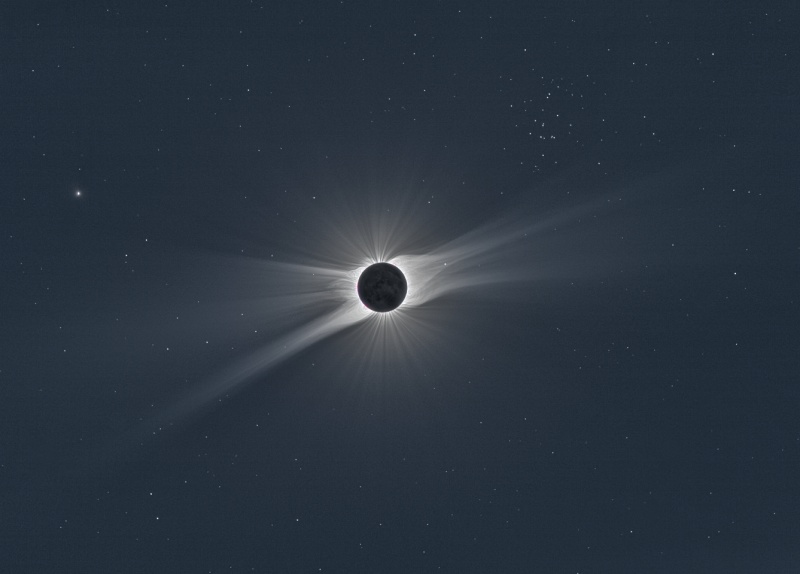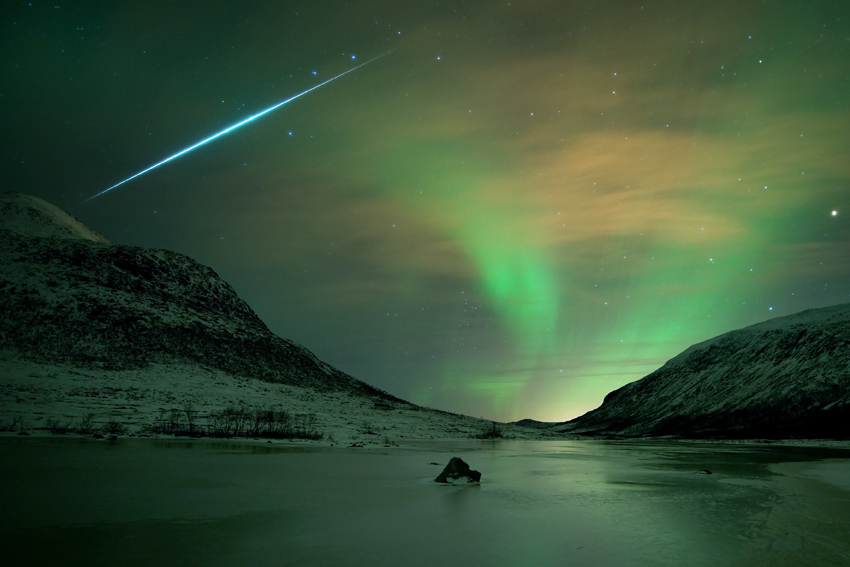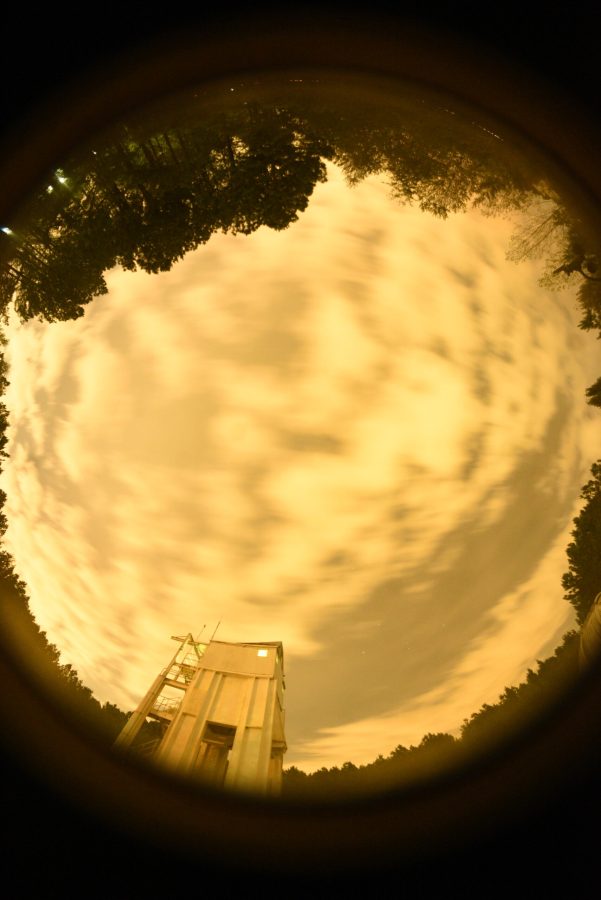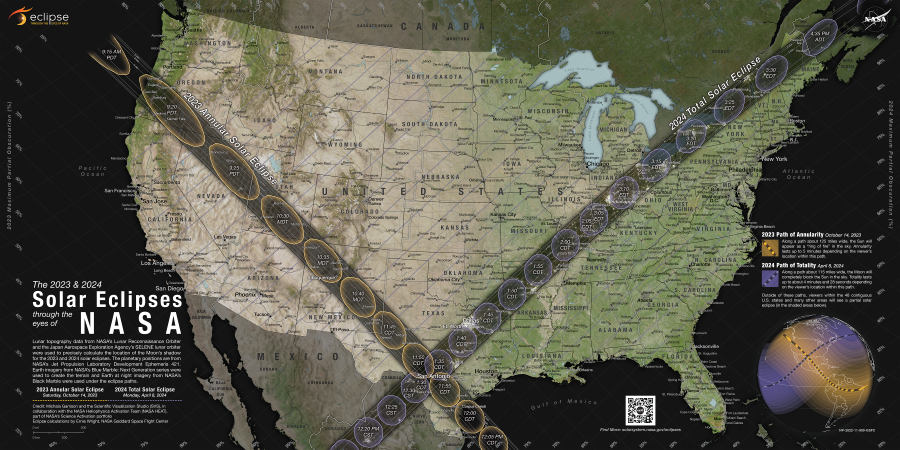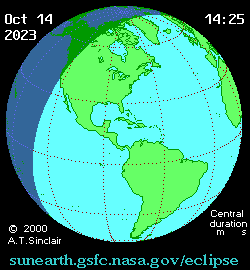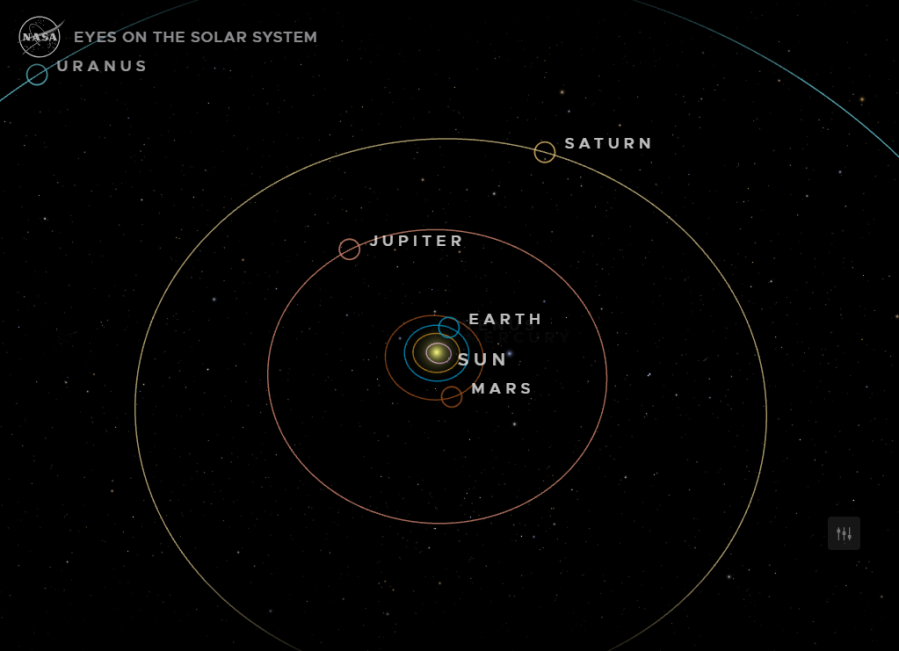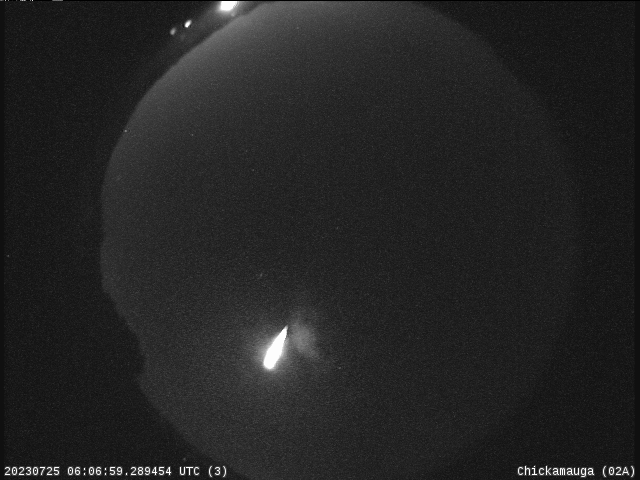February is a great month for the early rising skygazers. Venus has been bright in the morning sky all year, rising just before the Moon. In the minutes before dawn this week, Venus will rise to the upper left of the waning crescent Moon and will be joined by Mars. Over the coming weeks, Venus …
Mars, Venus Appear Very Close to Each Other this Month
